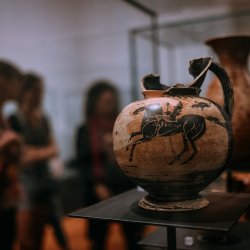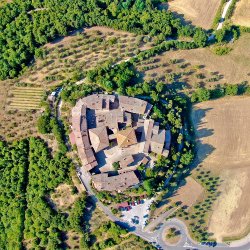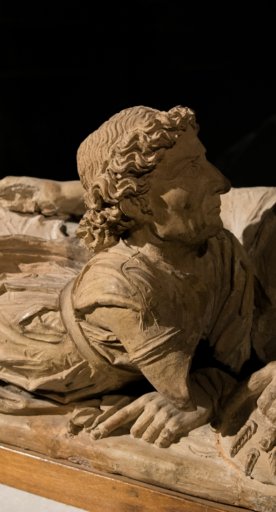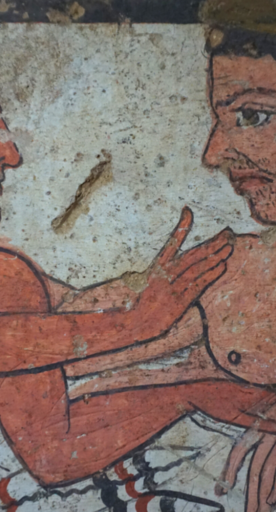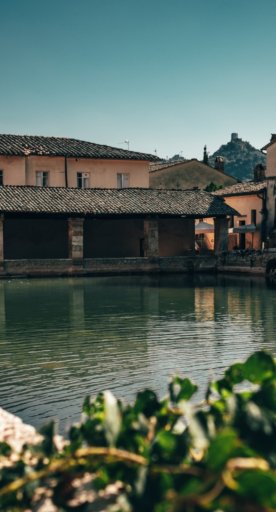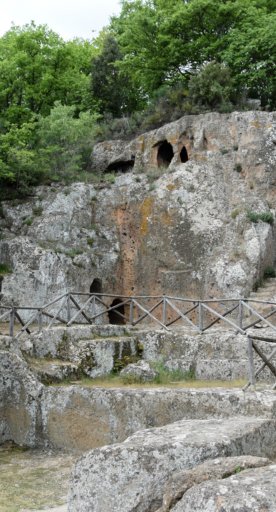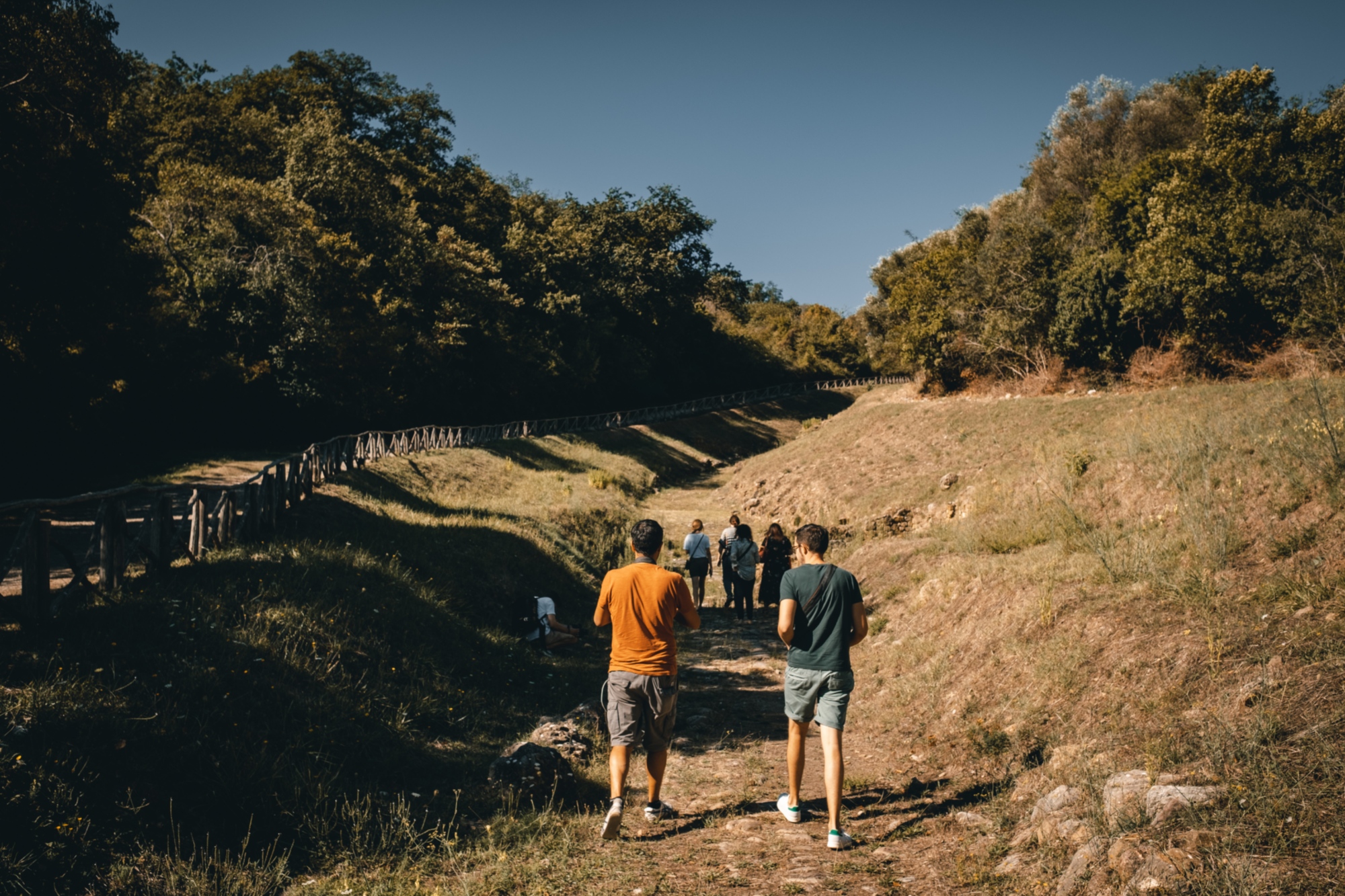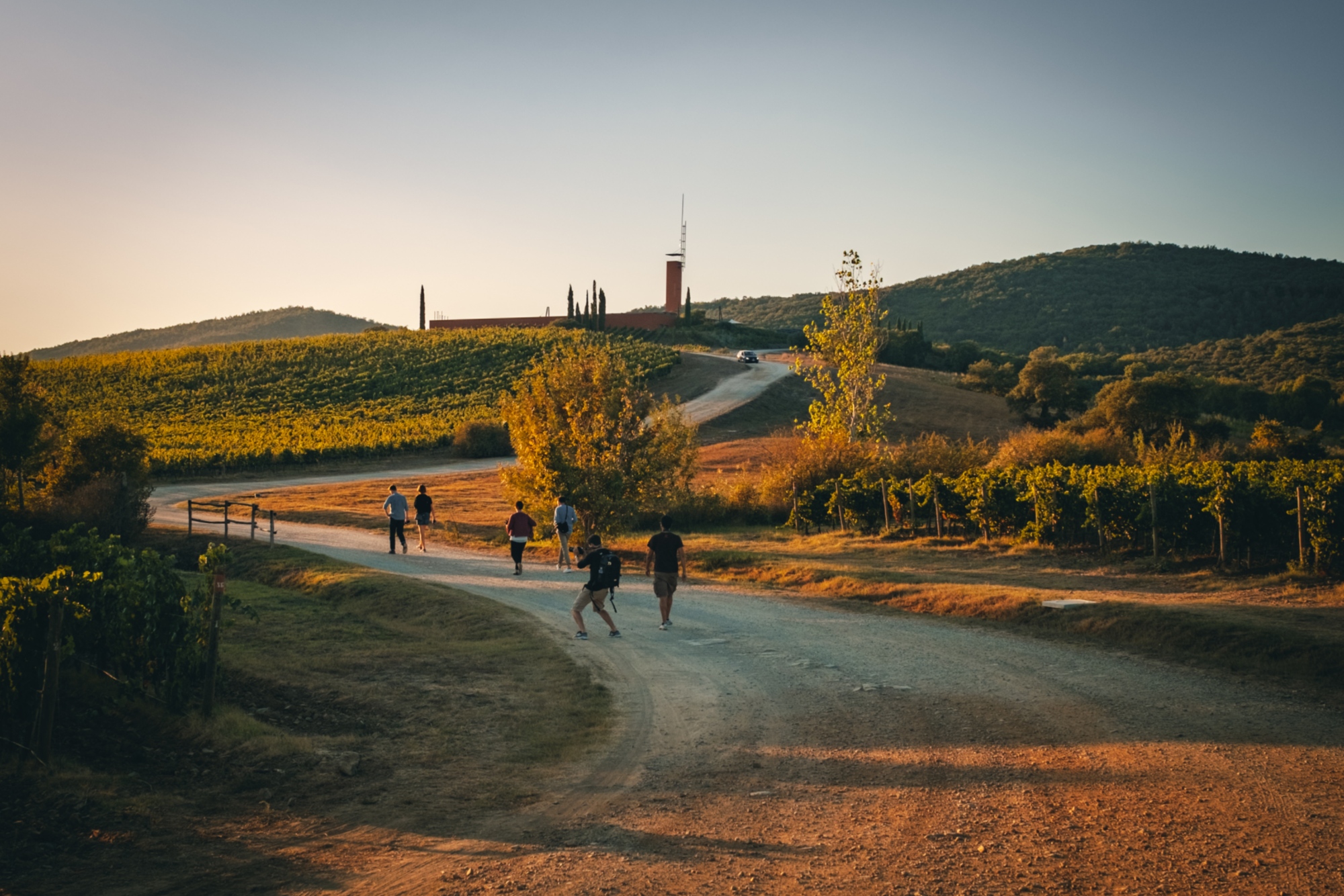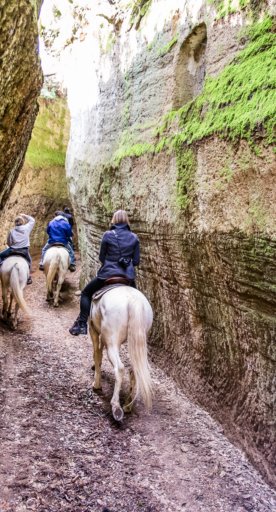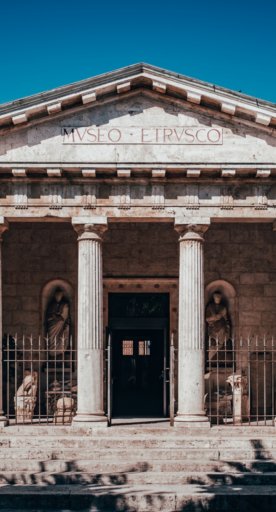
Etruscan painting, funerary art
Demons, games, fights, Etruscan depictions to honor the afterlife
The fascinating, hedonist, enigmatic Etruscans not only gave birth to a flourishing civilisation that was one of the most advanced among the pre-Roman civilisations, but they were also great masters of figurative art, with a great sense of aesthetics and technical skill. Although Etruscan art was influenced by Greece and the East, over the centuries it maintained peculiarities that distinguish it and make it unmistakable. Most of their art was intended for funerary monuments; objects, ornaments and representations of everyday life enriched tombs to preserve something of earthly life in such sacred places which represented bridges to the afterlife.
In particular, painting was an artistic expression that often adorned the walls of the tombs; themes from classical mythology and depictions related to spiritual life or to everyday life were the main scenes that animated the beautiful frescoes full of bright colours and unmistakable strokes that transformed tomb walls into works of art. Still today, it is possible to appreciate some well-preserved examples of Etruscan wall paintings, guarded in the tombs that enrich the beautiful countryside surrounding the historic towns of Chiusi and Sarteano with archaeology.
-
1.Aristocratic hobbies, the frescoes of the Tomb of the Monkey
-
2.The demonic paintings of the tomb of the Infernal Chariot (tomba della Quadriga Infernale)
Aristocratic hobbies, the frescoes of the Tomb of the Monkey

In the peaceful Valle del Clanis – this was the name of Valdichiana in central Etruria – a few kilometers away from the charming town of Chiusi, which houses a vast collection of Etruscan artefacts in its Etruscan museum, stands the tomb of the Monkey (tomba della Scimmia), in the necropolis of Poggio Renzo, an archaeological testimony of great value probably dating back to 480-470 BC. The rooms of the burial complex, consisting of several chambers, are adorned with ancient mural paintings that depict scenes of leisure and aristocracy in Etruscan times, including images of musicians, athletes, games and chariot races in honour of the deceased. The name of the tomb originates from the depiction of a monkey in the frieze of the central room.
The demonic paintings of the tomb of the Infernal Chariot (tomba della Quadriga Infernale)

On the border between the Val di Chiana and Val d'Orcia, set in the beautiful surroundings of Sarteano, the necropolis of Pianacce is home to a unique and rare example of a decorated tomb: the tomb of the Infernal Chariot. Dating back to the 4th century B.C., it preserves an ancient pictorial cycle on the left wall and on part of the back wall. The most significant depiction is that of a demon with a disturbing gaze, driving a chariot drawn by two lions and two griffins, ideally leading the deceased into the afterlife. The name of the tomb comes from this iconic scene.

